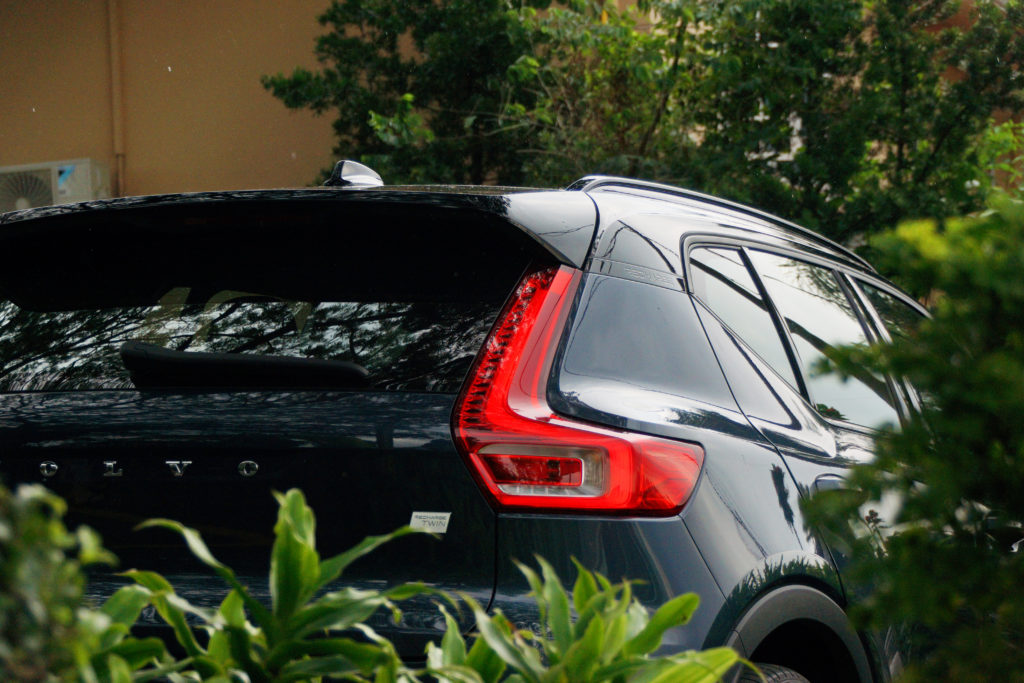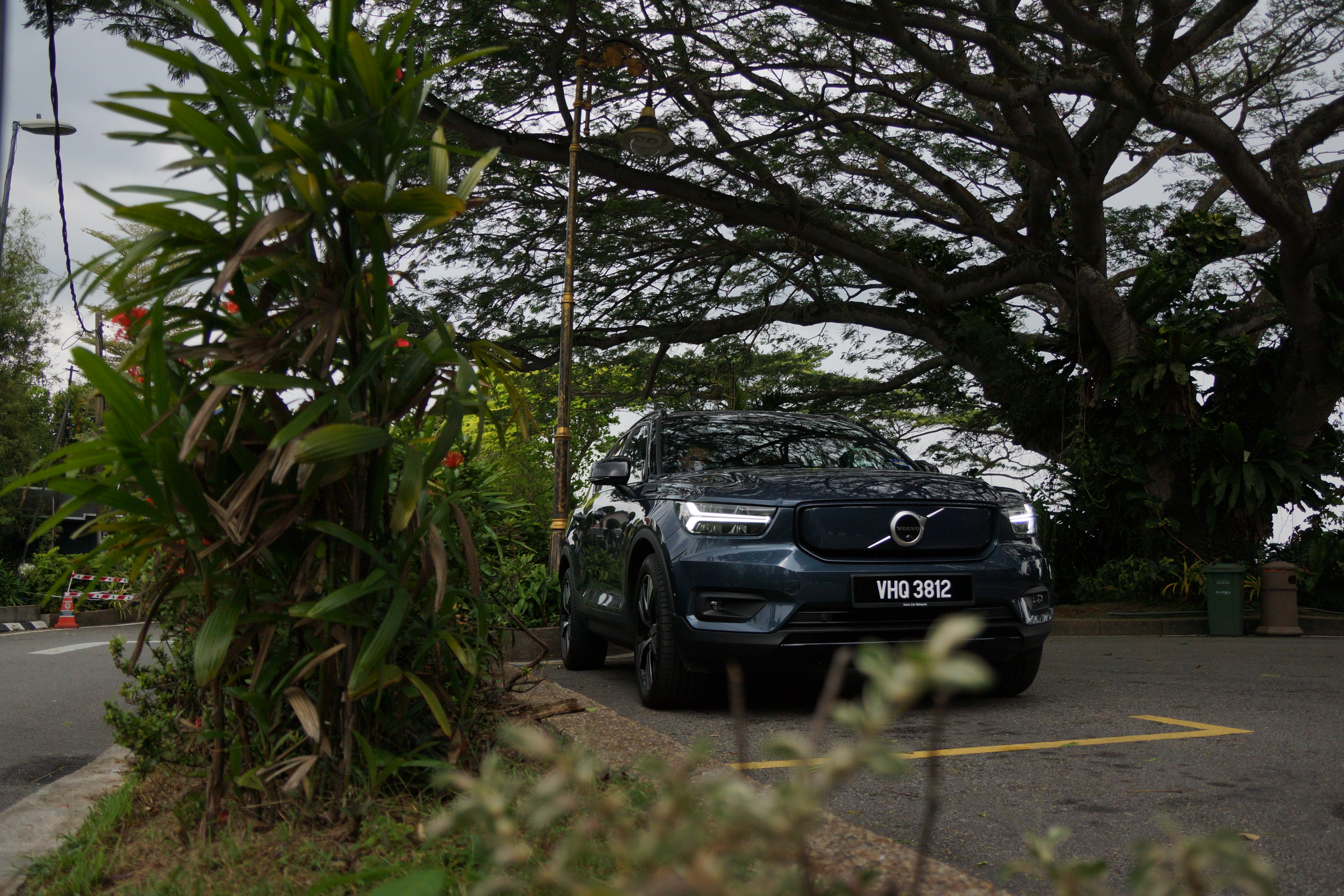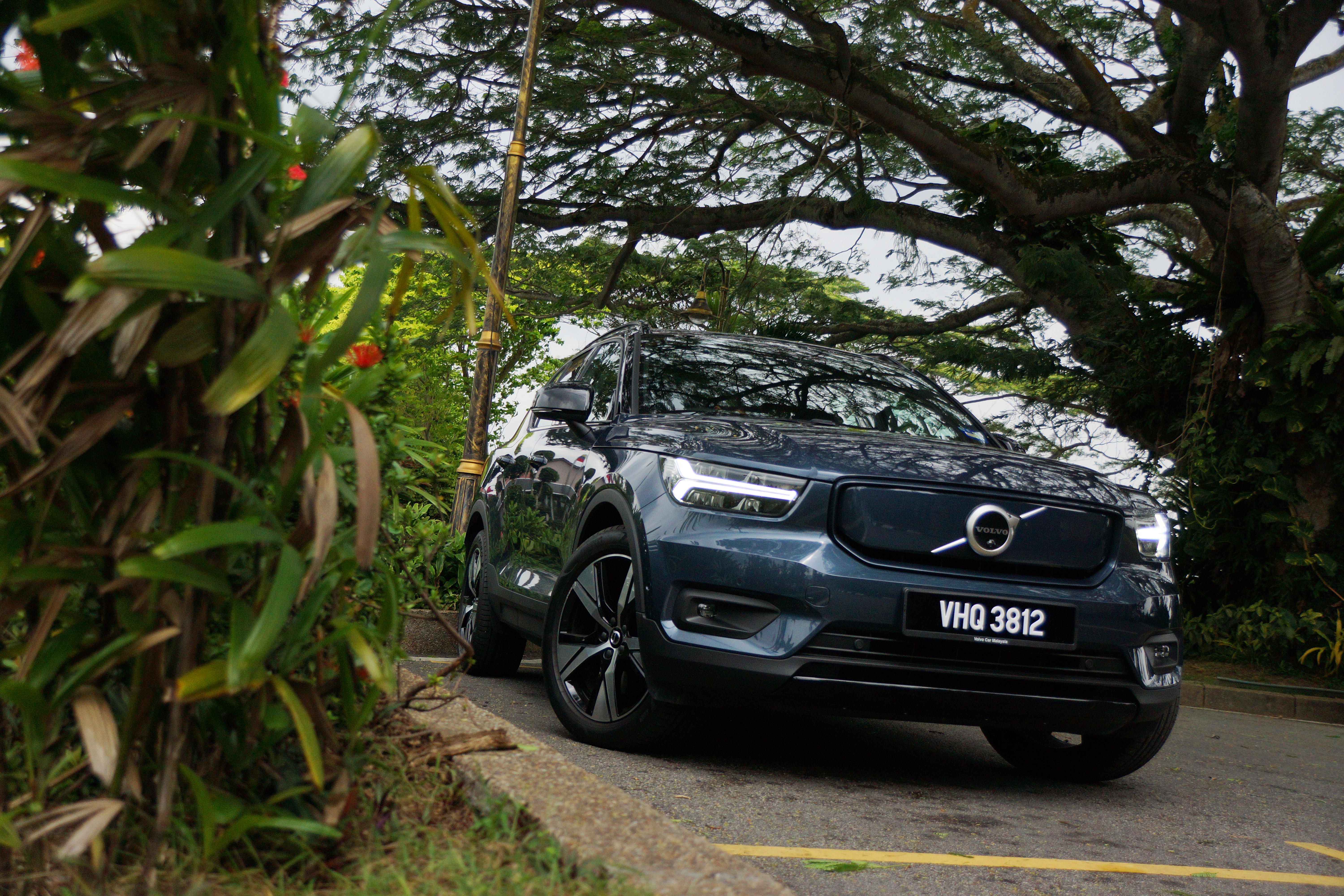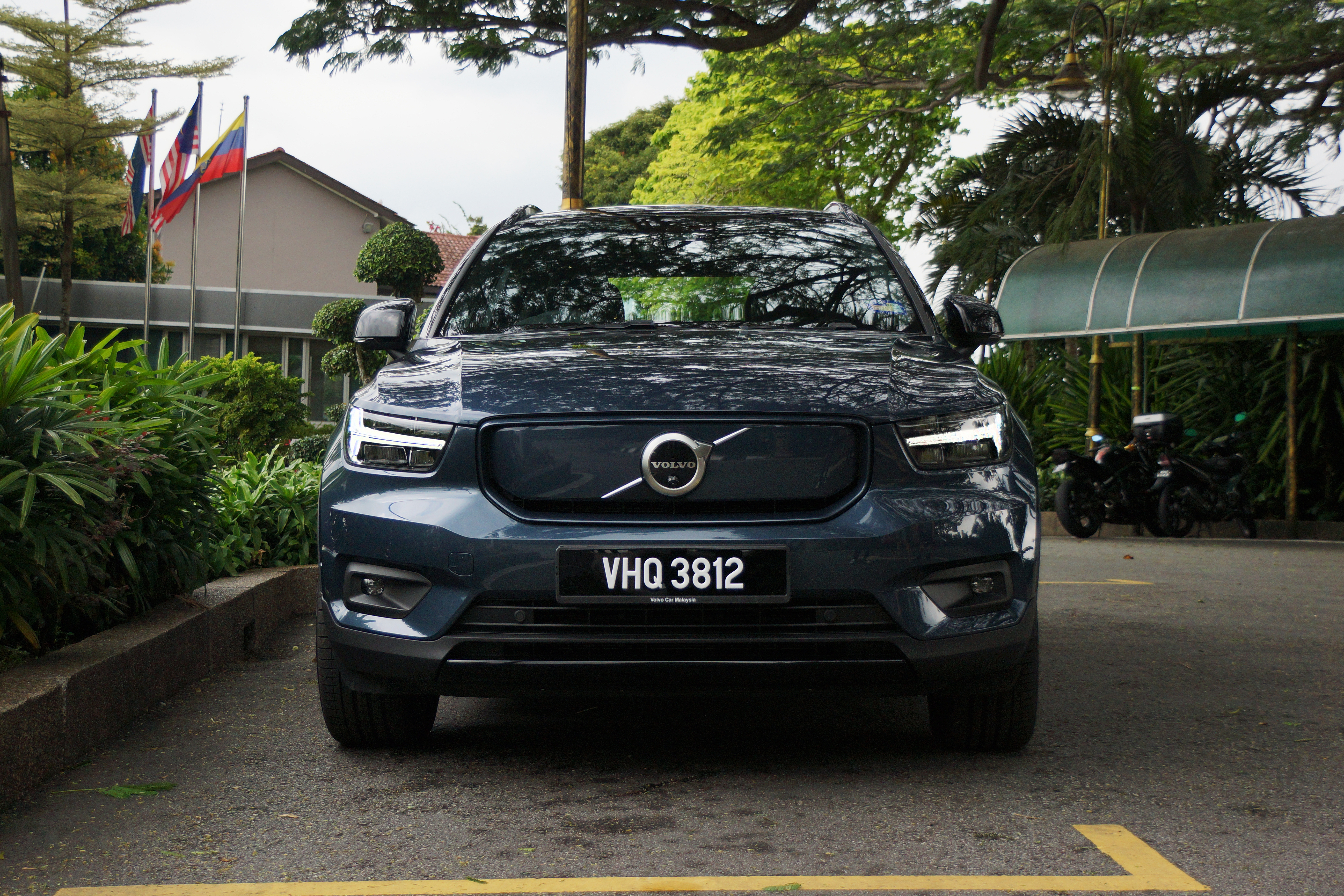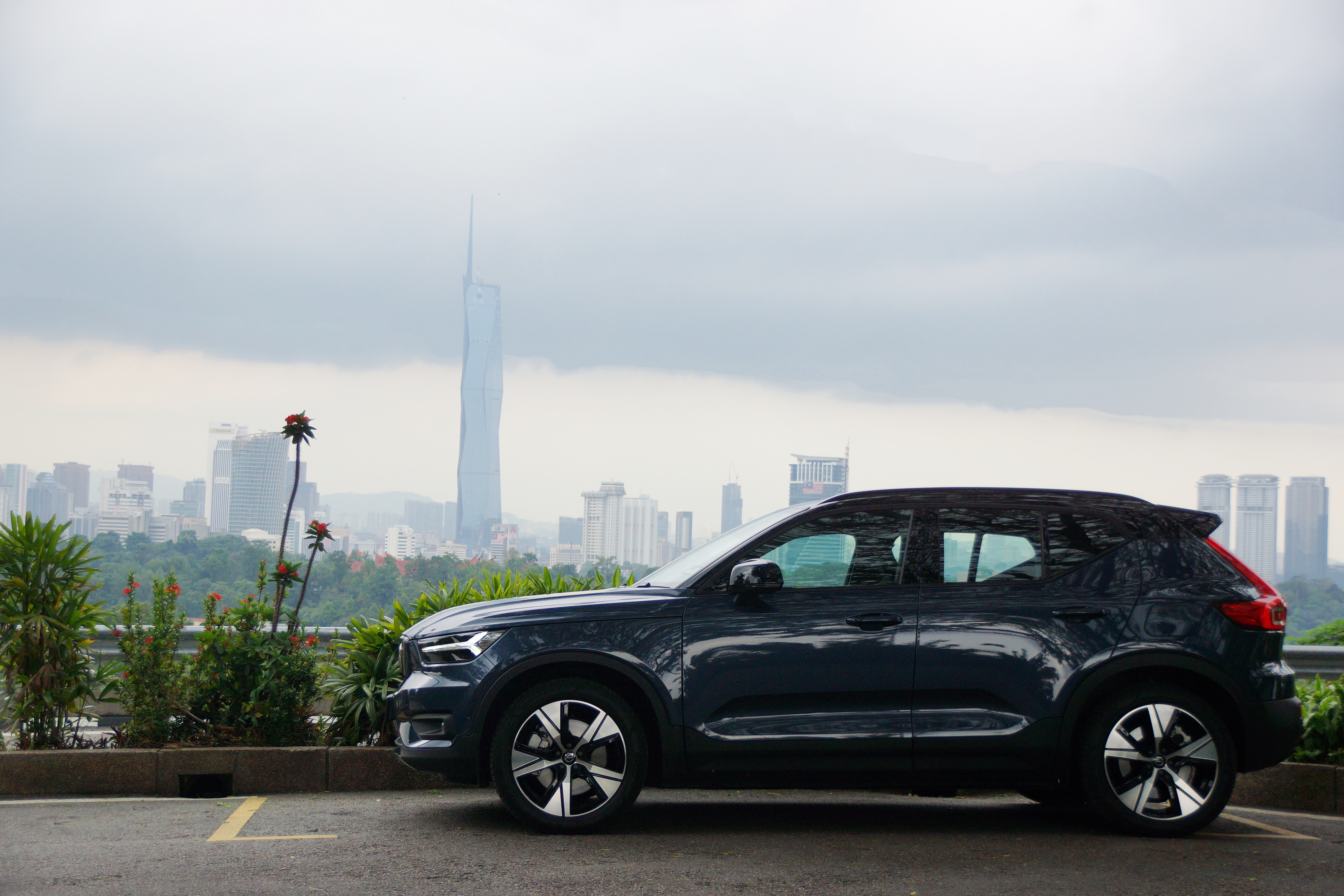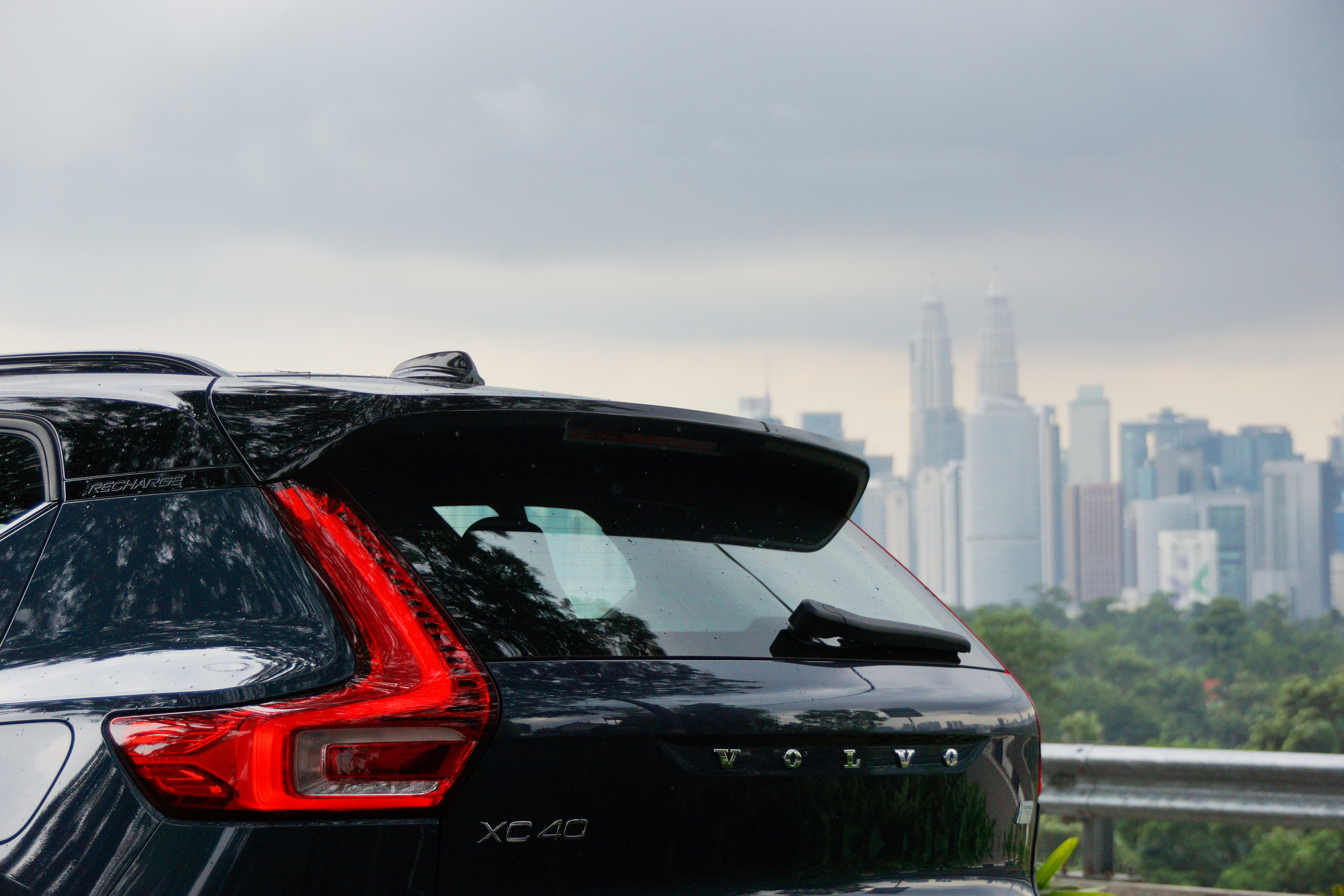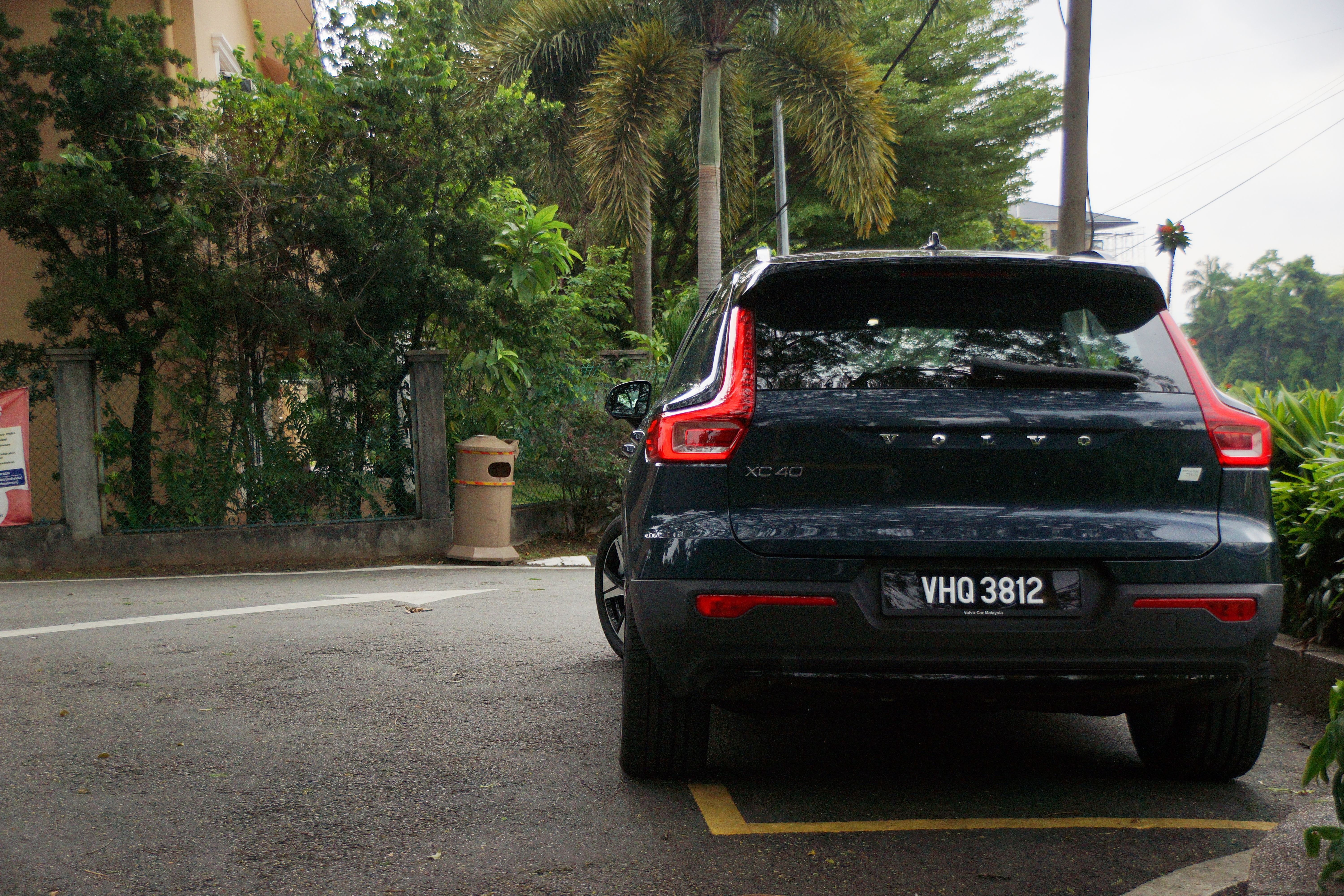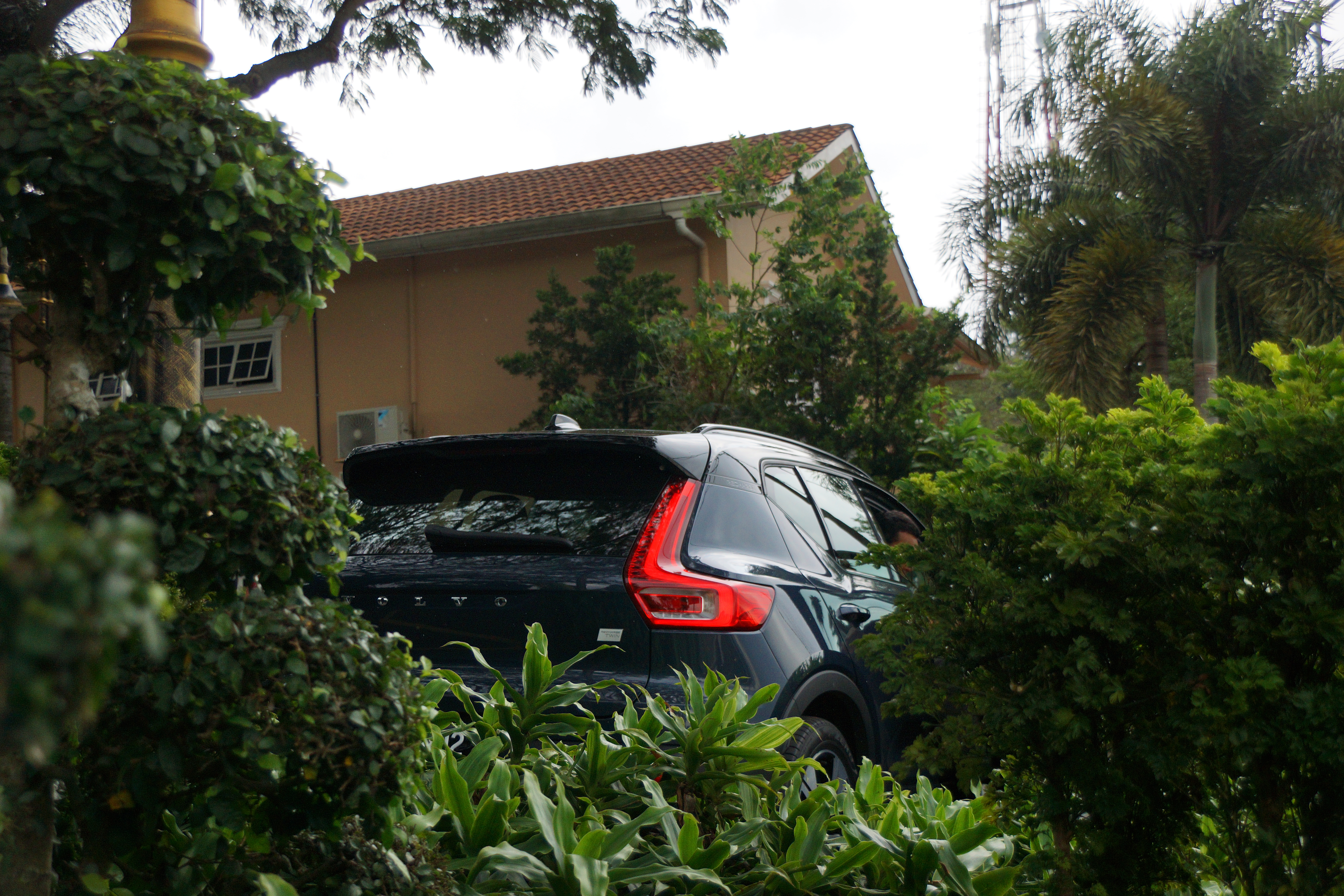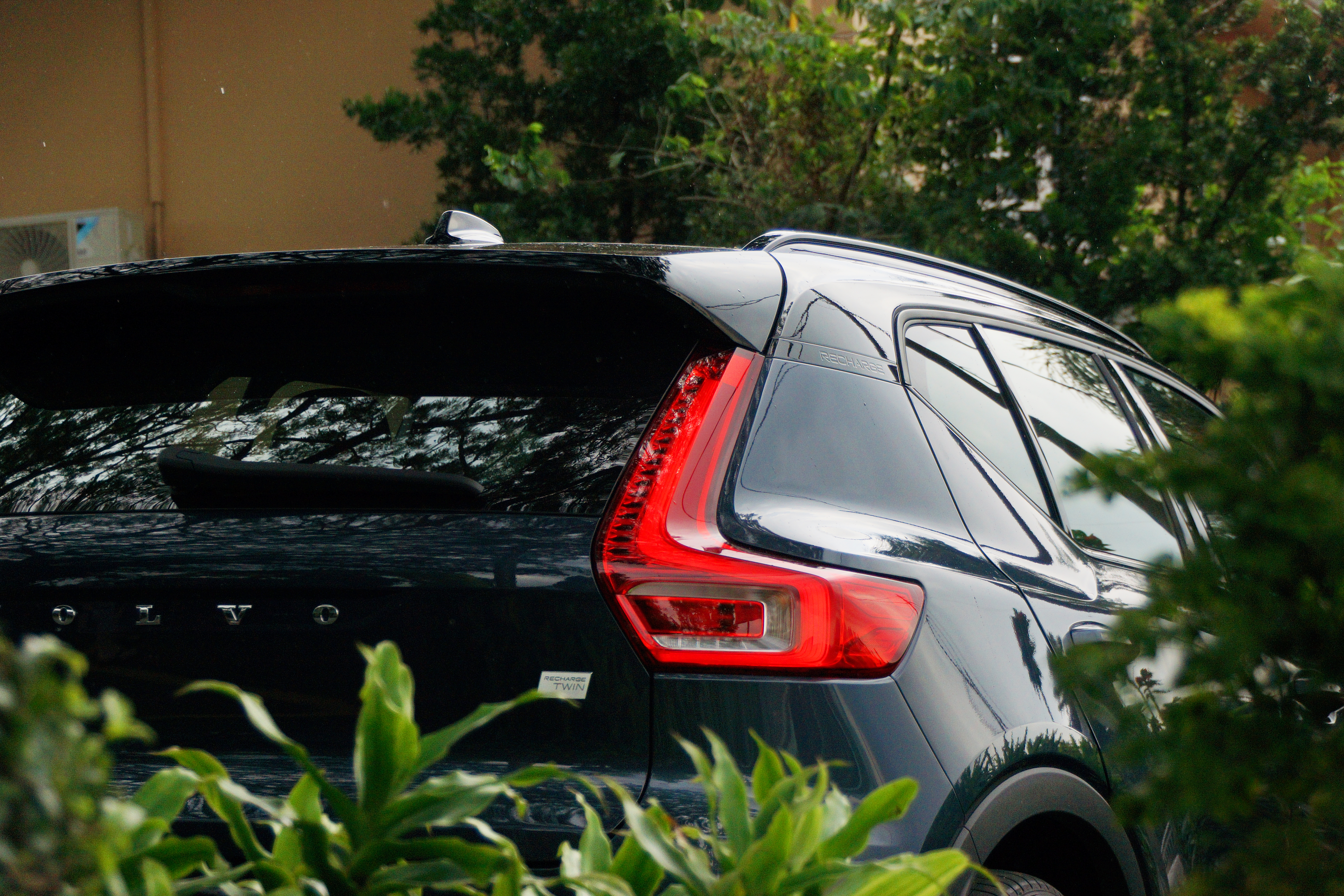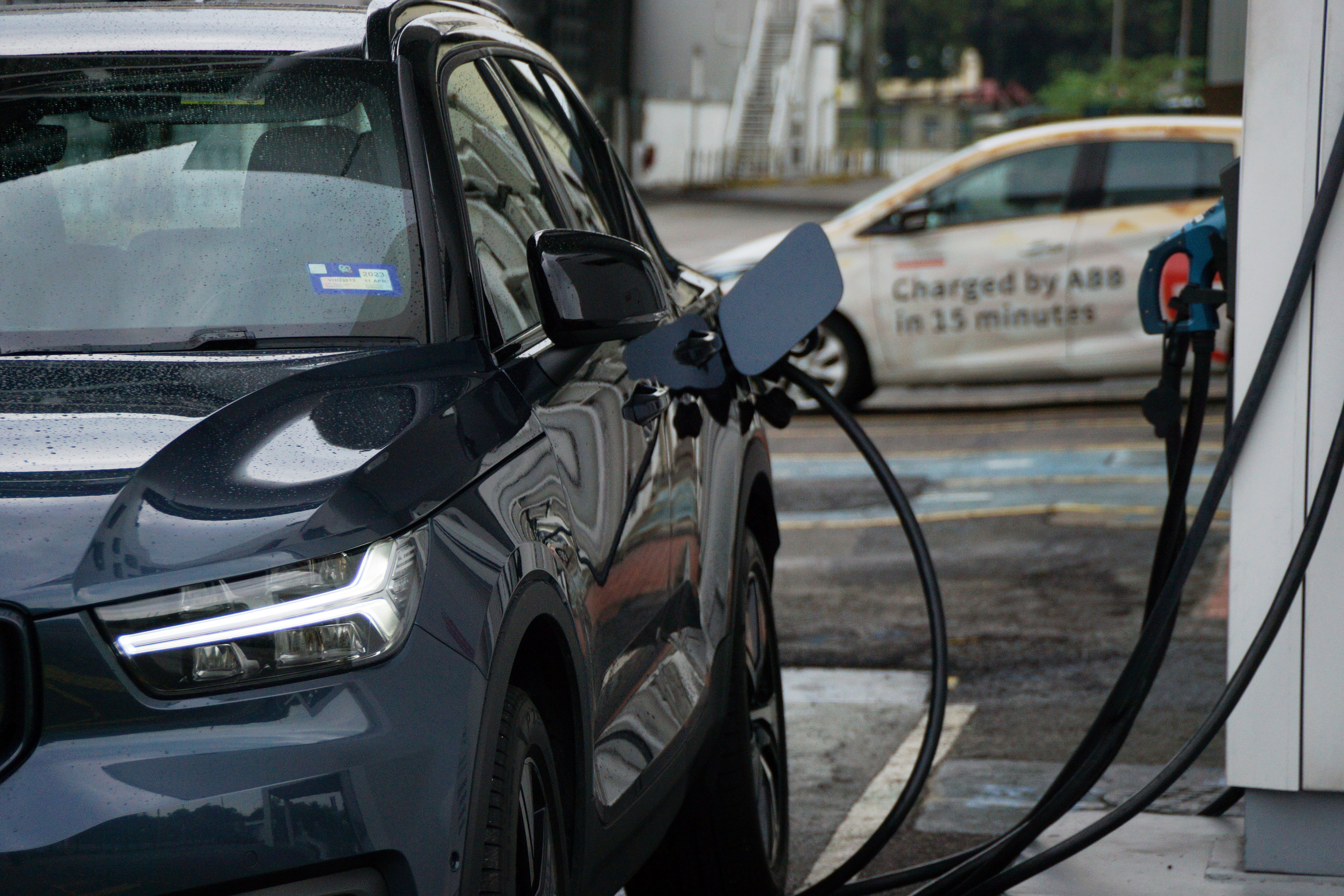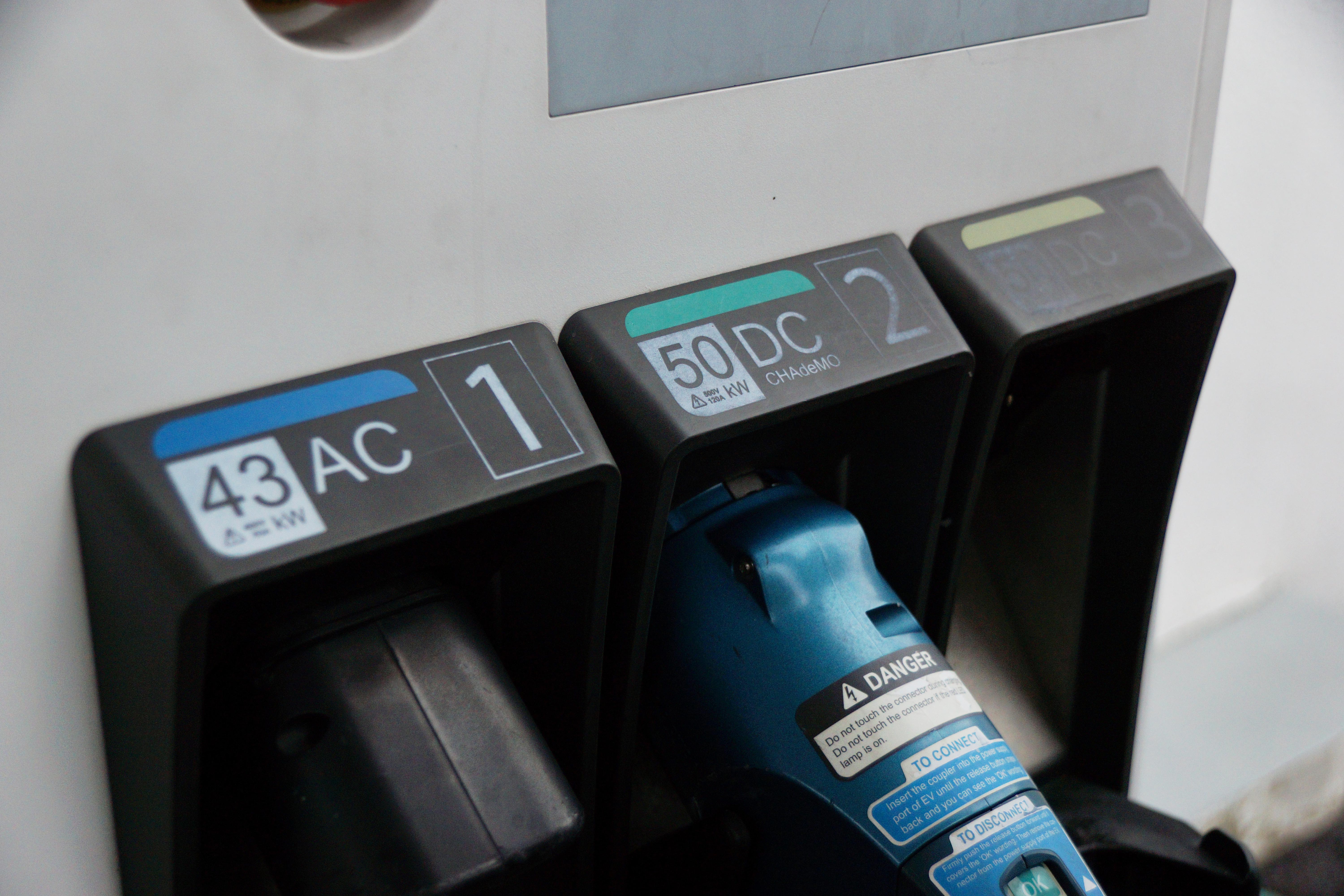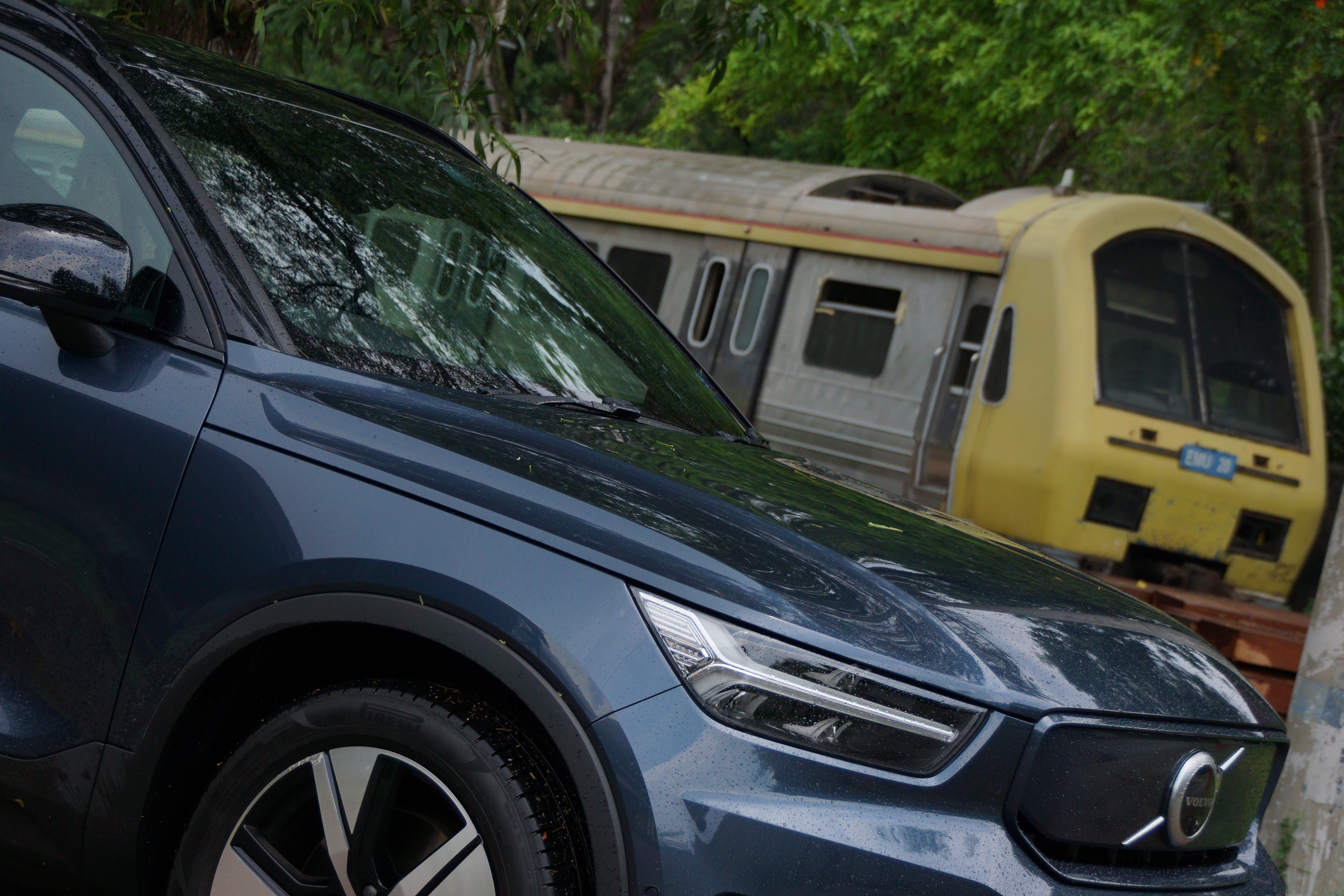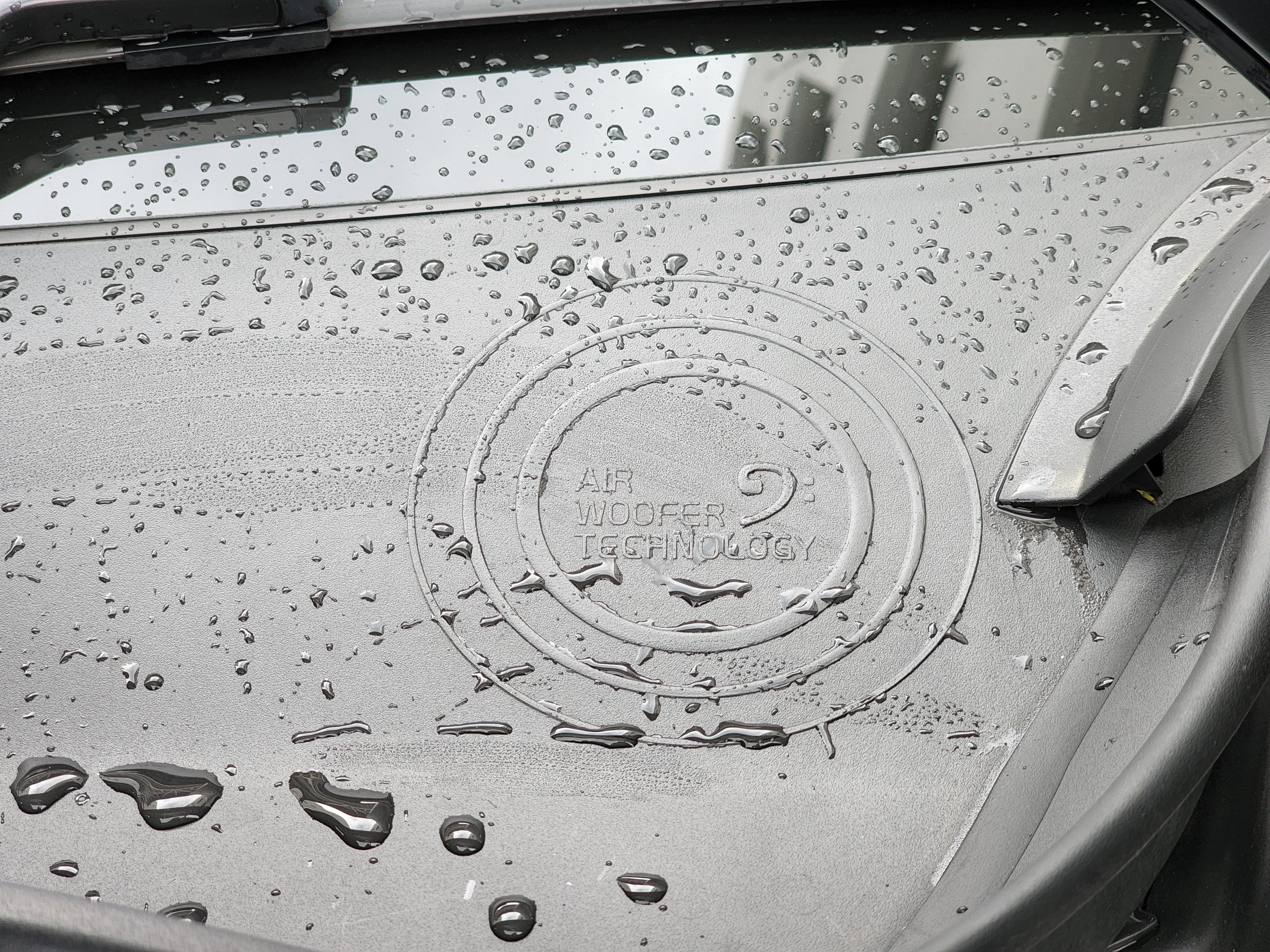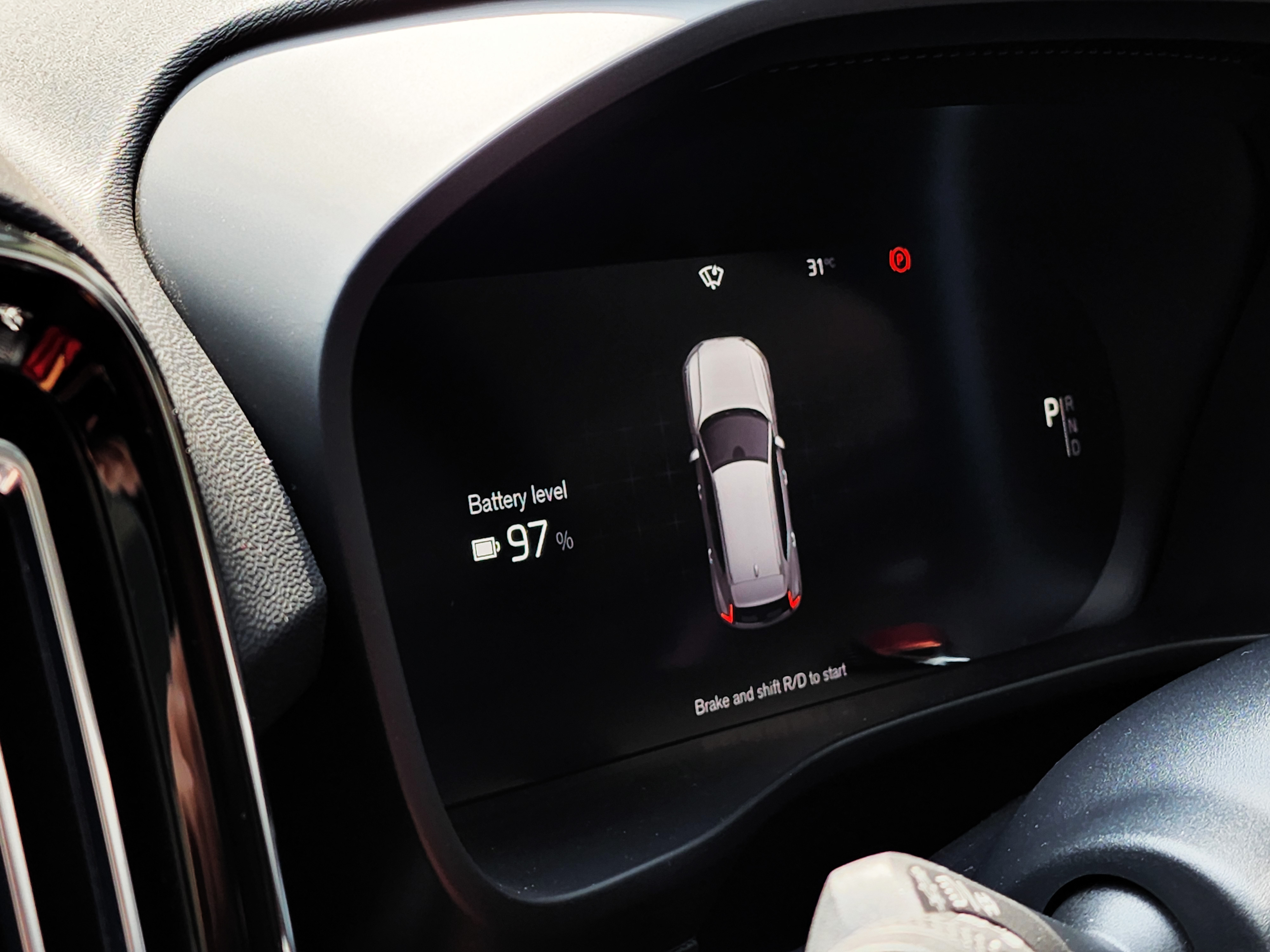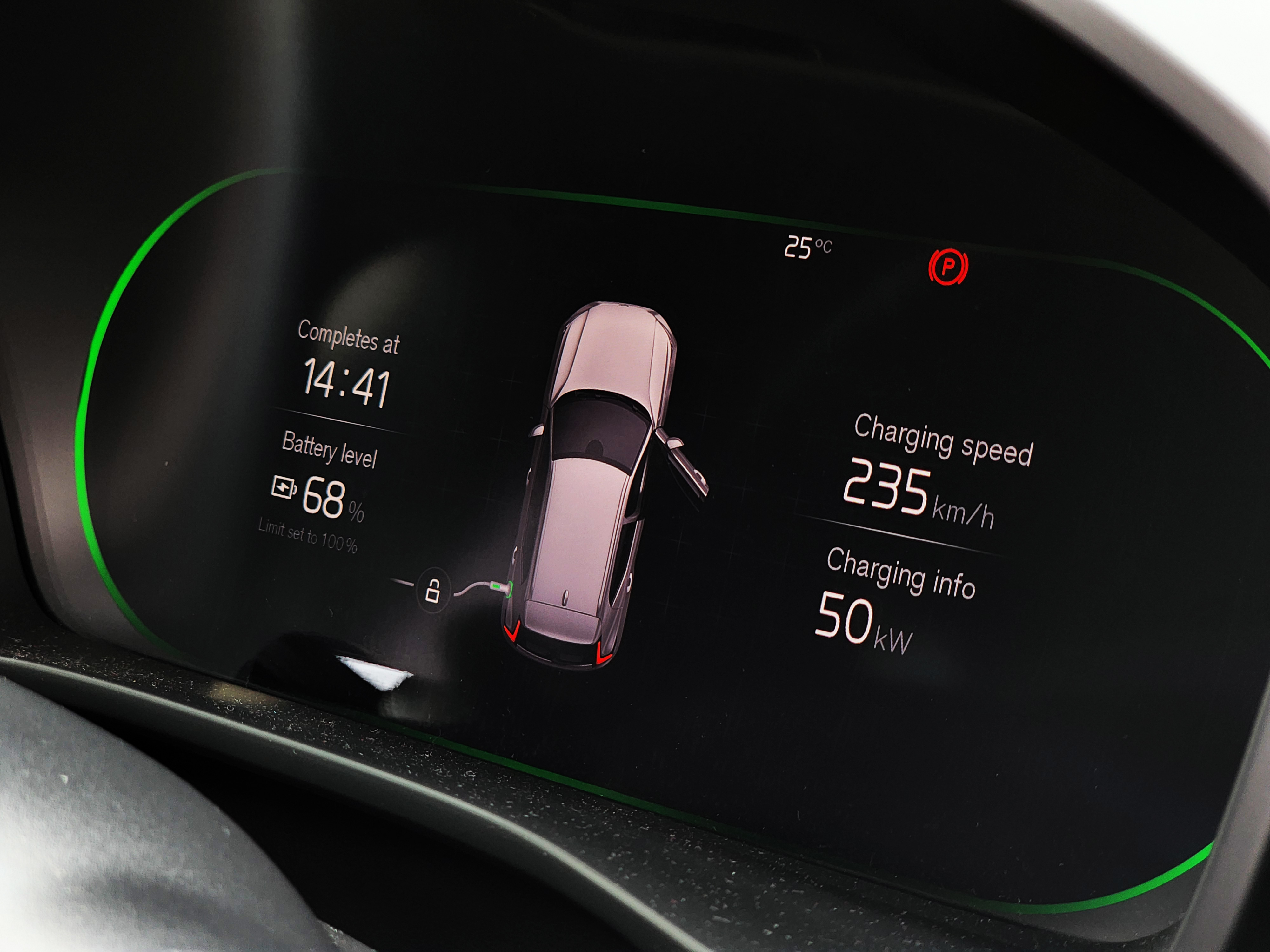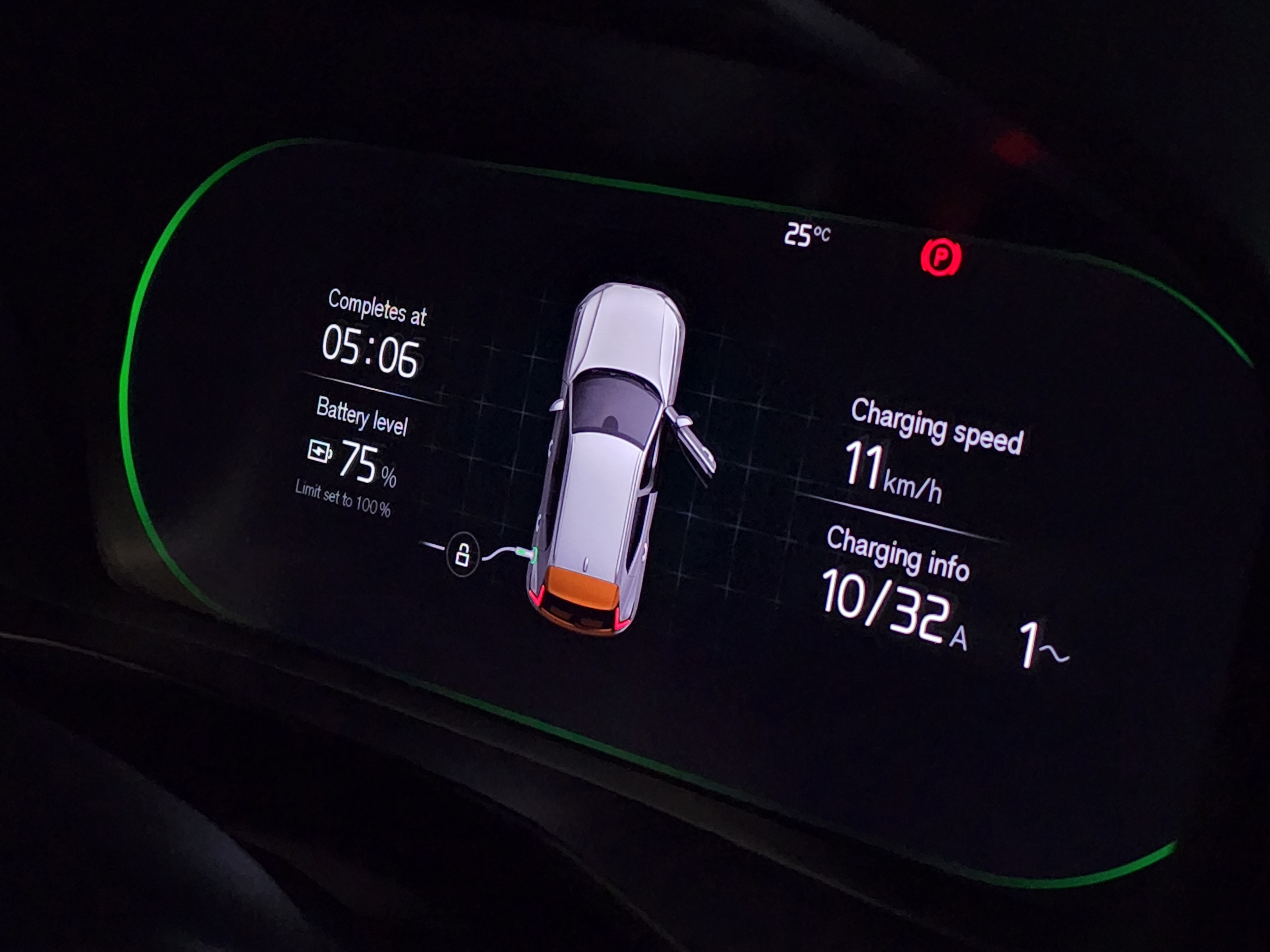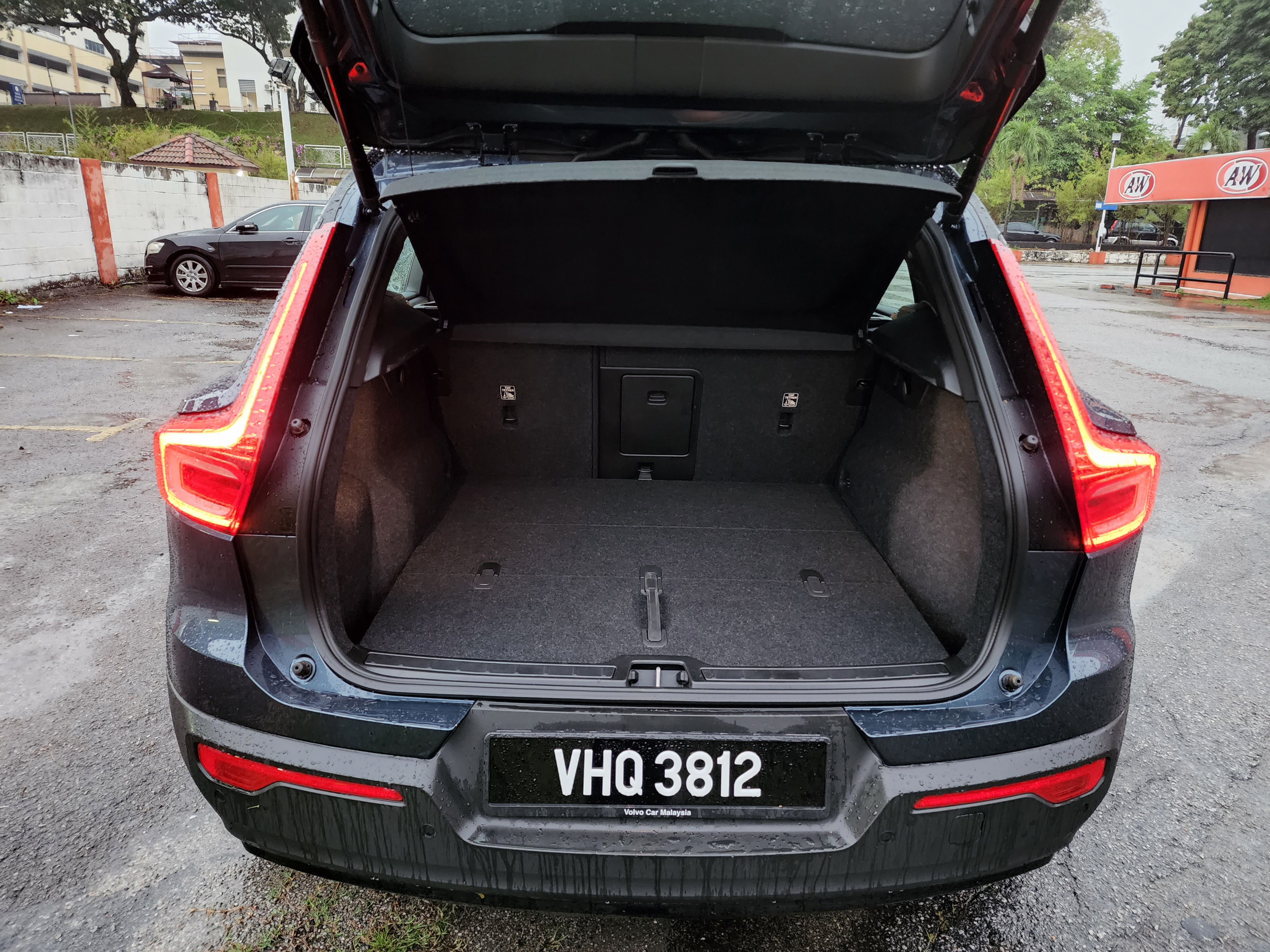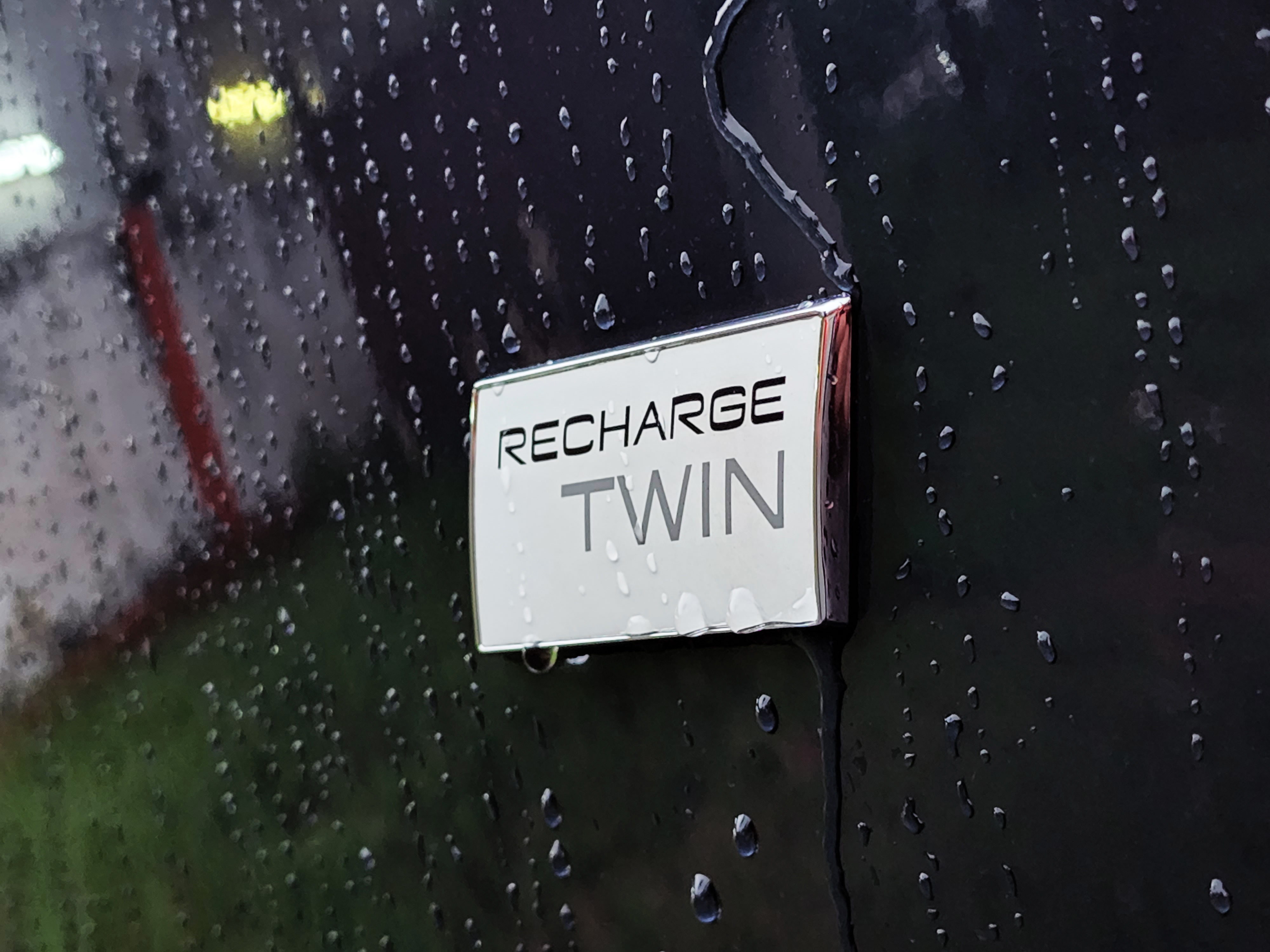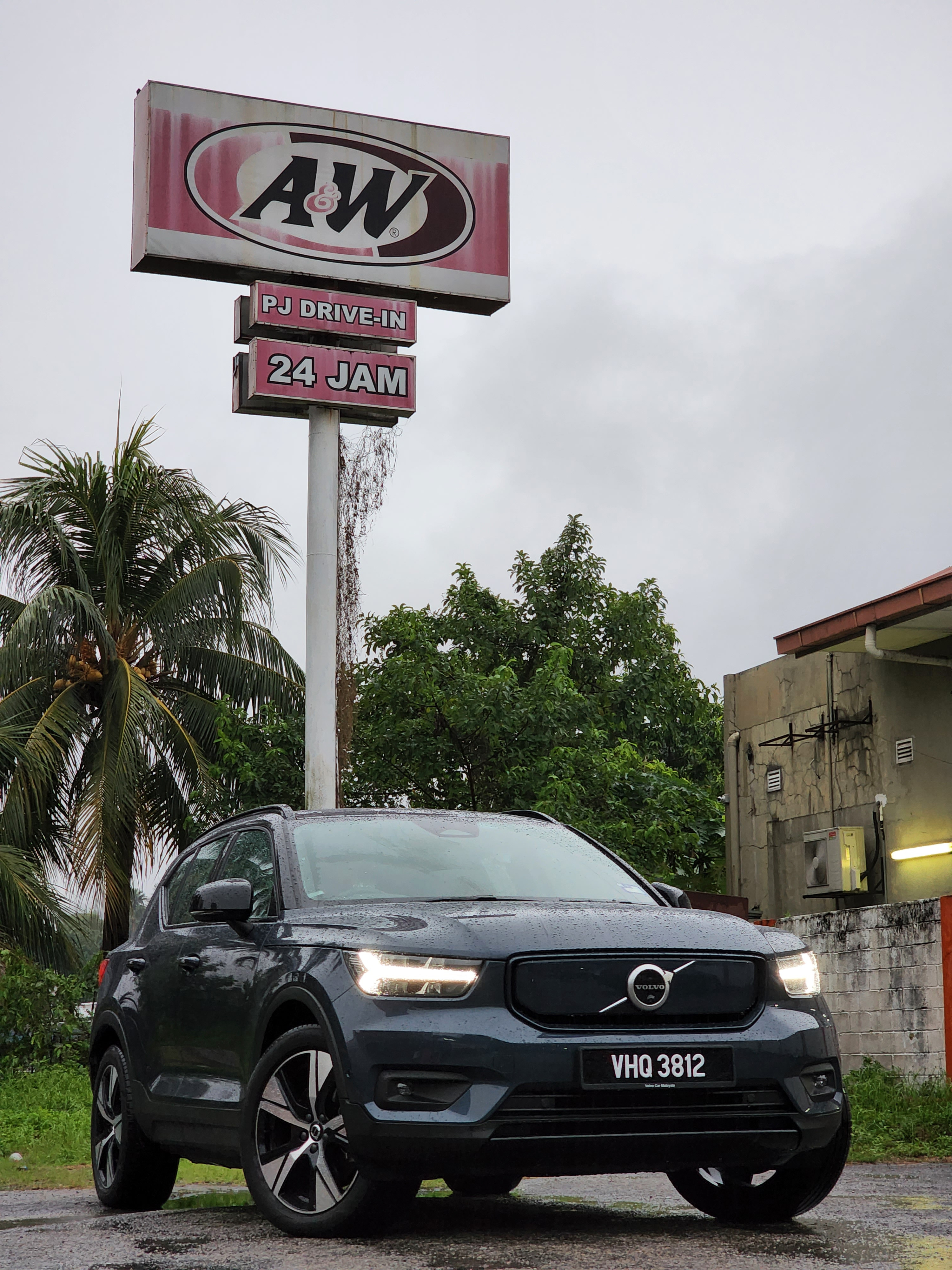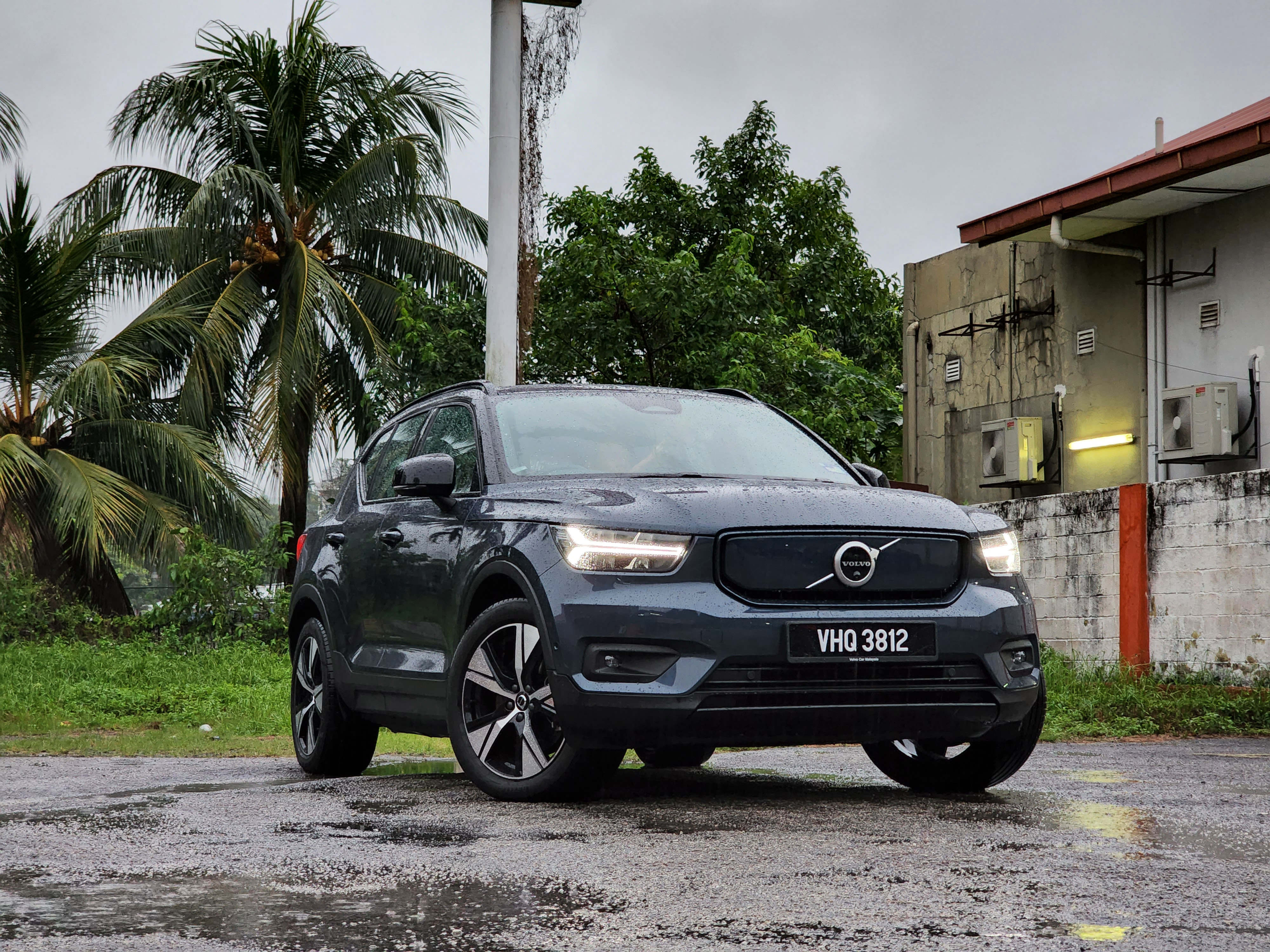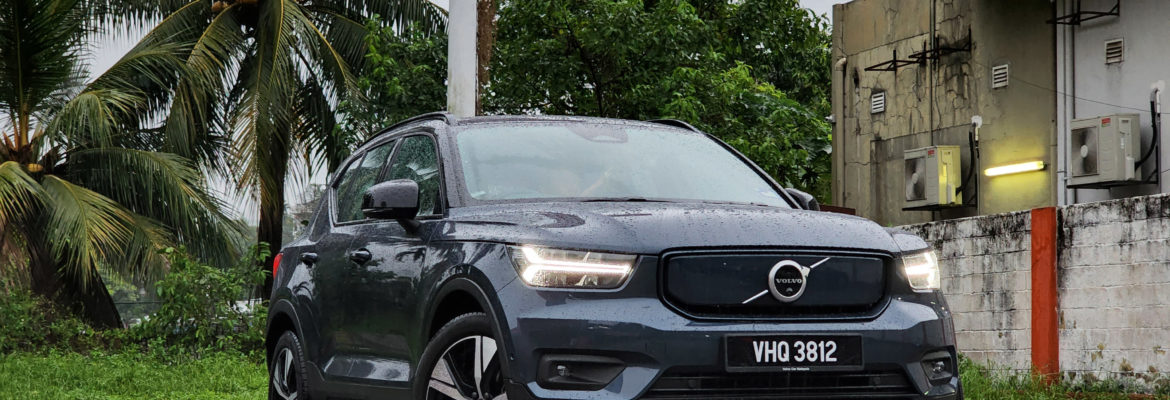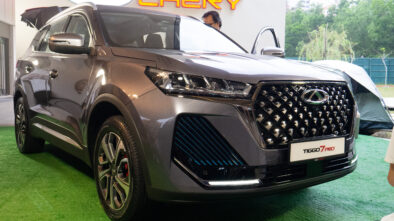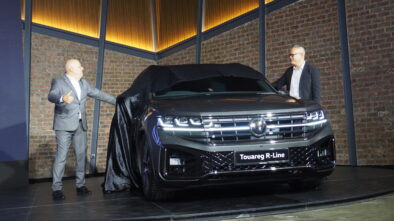Why is it sold out? The Volvo XC40 Recharge EV review!

The electric vehicle (EV) market in Malaysia is relatively young. The first EV officially sold in Malaysia was the Mitsubishi i-MiEV back in 2013, which is almost a decade ago. As a refresher, the i-MiEV cost nearly RM140k back then which will get you a kei-car sized hatchback with 67hp and less than 150km of driving range in a full charge. Today, one can get a safer and larger Hyundai Kona Electric with double the power and range for a similar price. Such is the beauty of technological progress.
In 2020, Volvo quietly entered the global EV scene with the production of their very first EV, the XC40 Recharge Pure Electric compact crossover. Fast forward to early 2022, Volvo Cars Malaysia is now locally assembling the electric crossover alongside its combustion engine counterparts. Thankfully, Malaysians get the most powerful Recharge Twin variant with two electric motors powering all four wheels. As Volvo confusingly includes the Recharge name in their plug-in hybrid XC40, we will be calling the electric version as the XC40 EV from this point forward.
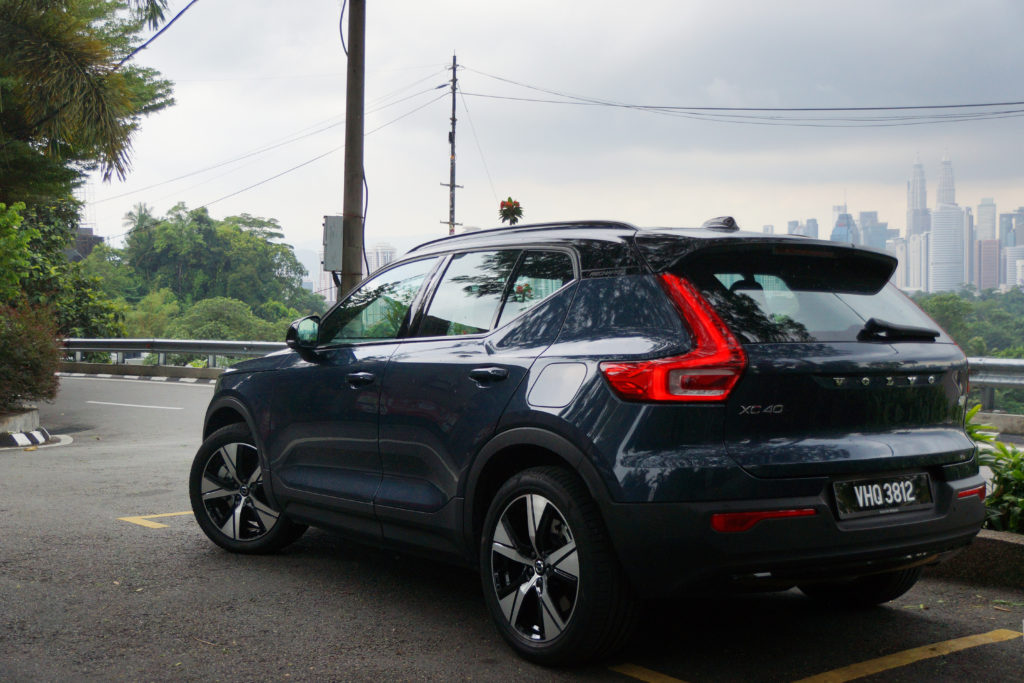
The XC40 EV comes with a 78 kWh battery with a very generous output of 402hp and 660 Nm of torque, with a claimed range of 418km on a full charge according to the WLTP cycle. Thanks to the sales and service tax exemption, the XC40 EV can be yours for around RM262k. At the current exchange rate, the price is nearly identical to what you would pay for one in the US. Try as you may, but you will struggle to find a car at this price that could do 0 to 100 km/h in less than 5 seconds, new or used. The base Porsche Taycan comes close in performance, but will cost you the price of two XC40 EVs. Needless to say, the XC40 EV is a straight line performance bargain despite not trying to be one. It’s a Volvo after all.
There’s little to differentiate the XC40 EV from its PHEV sibling. Besides the EV’s closed front grille, both have “Recharge” written on the C-pillar and no visible exhausts. Even the rim designs look very similar from a distance. You would have to look out for the tiny “Recharge Twin” badge at the rear to identify the EV as the PHEV has a similar looking badge but with “T5 Recharge” written instead. Should you like to stay under the radar while driving an EV, the XC40 EV is a true sleeper in that sense because it looks just like any regular XC40 while packing way more punch than the rest.

At nearly 2.2 tons, the XC40 EV is roughly 400kg heavier than the PHEV variant. While the straight line performance hides its mass very well, it’s the ride and handling where you’re reminded that you are in no sports car. The XC40 EV thumps over potholes almost too eagerly because of its weight and while not jarring, it’s pretty noticeable and the large 19 inch rims probably doesn’t help either. Drive over speed humps quicker than you normally would and you can feel two tons of metal compressing you back down to earth. The springs and dampers are working overtime in this porky EV.
Put the XC40 EV into some corners and the impressive grip you get may surprise you. The magic lies in the combination of AWD and the Pirelli P Zero Elect rubbers which are 235mm wide in the fronts and 255mm in the rears. The EV-specific Pirelli tyres not only provides great cornering grip, but also achieves its sub five seconds 0 to 100 km/h launch with little to no drama. Even with instantaneous 660Nm of torque available on your right foot, it’s hard to unsettle the XC40 EV or trigger the traction control (which cannot be turn off) on dry surface.
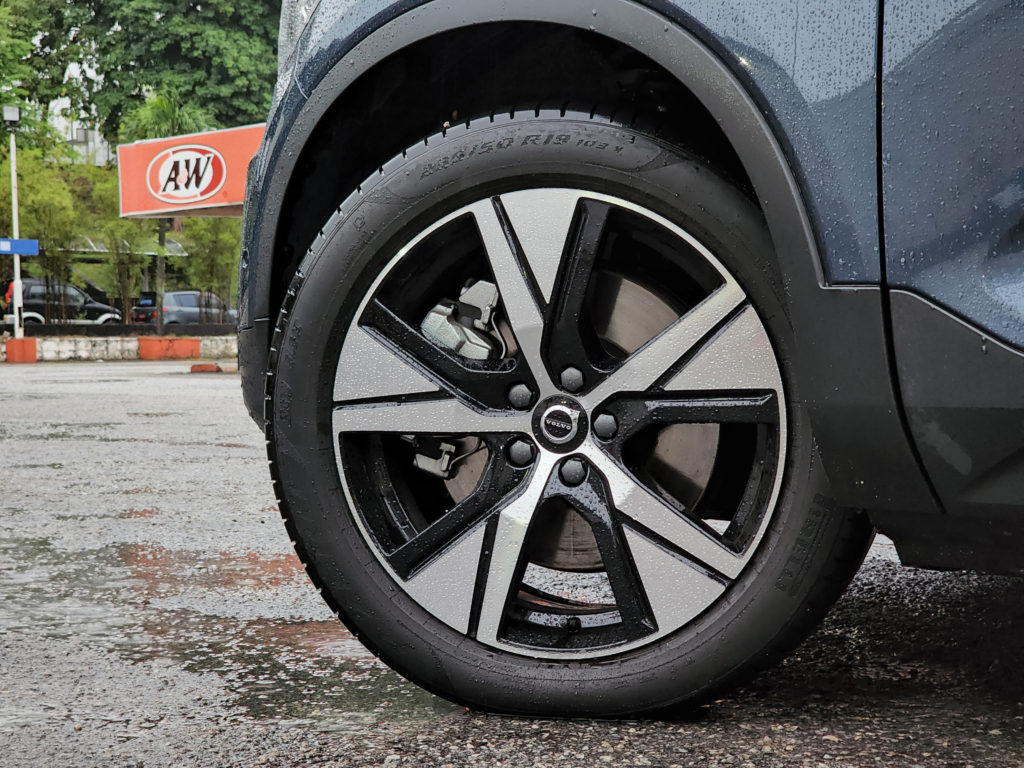
Despite its high performance, most would just drive their XC40 EV civilly like Volvo intended. So it’s a good thing that the XC40 EV interior is a great place to spend time in. Volvo pride themselves in using zero animal products in the interior of the XC40 EV. The seats are covered in a combination of a black, grippy alcantara-like material and faux leather with tasteful white piping and stitching. One big downside of our local specification is the silver-dotted pattern trim which looks and feels cheap. In other countries, you can have them in a cool translucent topological pattern which subtly glows at night. We also do not get the fancy glass crystal gear knob or a panoramic sunroof.
However, I understand that product planning is all about compromises and I’m glad that we at least have the flagship Harman Kardon sound system with 13 speakers, 600W digital amp and air-ventilated subwoofer. While it is nowhere near as good as the Harman Kardon system from XC90, the sound quality is still probably the best in its segment.

Speaking of which, the Google-based infotainment system is also arguably the best in the business. While the physical touchscreen display look similar to Volvos from just 5 years ago, plenty have changed underneath and the user experience is very different. Google Play is now built-in which means you could download selected apps into your system. I mentioned selected apps because there are still restrictions on downloading apps such as video streaming apps and games.
Google Maps is thankfully the default navigation app which makes finding your way a breeze, and if you prefer using Waze or other apps from your phone, wired Apple CarPlay and Android Auto is there for you. Google Assistance is also standard, and with every “Hello Google” you can use your voice to perform simple tasks or request information like you can on your phone. Yes, that means the car is listening to you the whole time. Customers can enjoy their first 4 years of Google eavesdropping with data for free in the included Digital services package. The renewal cost after 4 years is unclear, although I suspect most will just stick with their phones for connectivity after.

Thanks to Volvo’s foresight of developing the XC40 with electrification in mind, the practicality is not affected compared to its combustion engine siblings. The XC40 EV has a relatively spacious cabin for four adults, and five at a squeeze as it has a huge middle tunnel impeding on the center legroom. As it is not trying to look like a coupe, rear headroom is adequate even for those over 180cm tall. We suspect the upcoming C40 Recharge with a coupe rear roofline might be less accommodating for taller people. Either way, XC40 EV buyers do not have to sacrifice space when going electric. Heck, you are getting extra practicality thanks to the addition of the front storage where you would find just enough space to store the provided Type 2 charging cable.
Ah yes, charging. When you are first looking into EVs, the charging part of the ownership can be very daunting. Like most of you, we are so used to combustion engine figures that electric ones don’t mean anything to us unless you’re an electrical engineer. What’s AC and DC charging? Why are there so many cable names? CCS 2? CHAdeMO? What does Type 1 and Type 2 mean? You’re telling me there’s Level 1, Level 2 and Level 3 charging too? My head hurts!
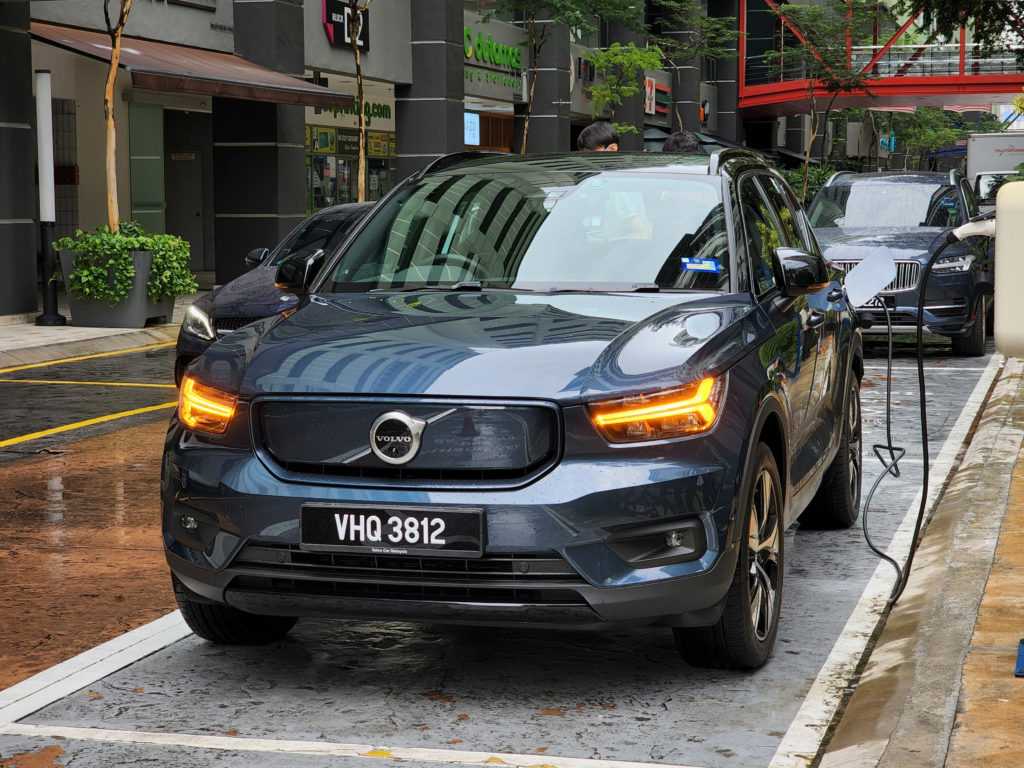
For now, let’s just share what Volvo tells us the XC40 EV is capable of. Volvo claims the XC40 EV can be charged from 10% to 80% with 150kW DC fast charging (CCS 2) in 37 minutes within ideal conditions. While charging at home with a 11kW Level 2 charger will replenish 10% to 90% in 7 to 8 hours. These are best case scenarios as the charging speed can be affected by outside temperature, battery temperature and the charging equipment itself. Want to charge with your regular home outlet? No problem, but be prepared to wait as it can take well over 24 hours to bring it from 20% to 80%.
Those committed to EV ownership and have the space to do so usually have Level 2 chargers installed at home to enjoy the charging sweet spot of less than 10 hours. This provides the convenience of charging your EV at the end of your day and waking up the next day to an almost fully-charged car ready to go.
As we only had the XC40 EV for a few days, we were not able to thoroughly do a range test. We will have another dedicated writeup on the XC40 EV’s driving range, power consumption, and charging experience when we have another longer go with the XC40 EV.
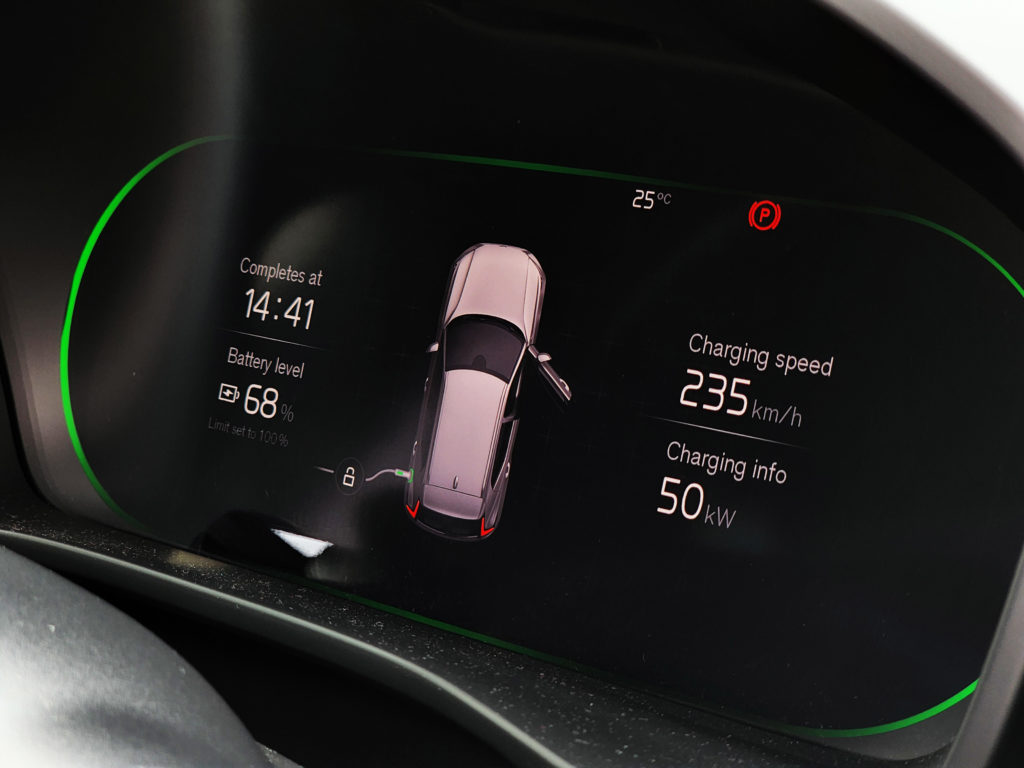
There’s little to fault the XC40 EV as an everyday vehicle. If your lifestyle allows for an EV, the XC40 EV is an excellent compact city crossover. With unrivaled performance on tap, class leading safety equipment all wrapped in a trendy crossover body with a smart interior, it is no surprise that the XC40 EV is sold out for this year.
Should you be looking at getting one however, the XC40 EV facelift will be coming soon and besides some minor design tweaks, the technical stuff remains the same. The technically identical but sleeker C40 Recharge will also be coming to our shores to those who wants a bit more design flair. Volvo’s EV journey has only just begun and it has already impressed. With more brands bringing in their EV offerings at more affordable prices, the Malaysian EV market should also expect an exciting next few years!
